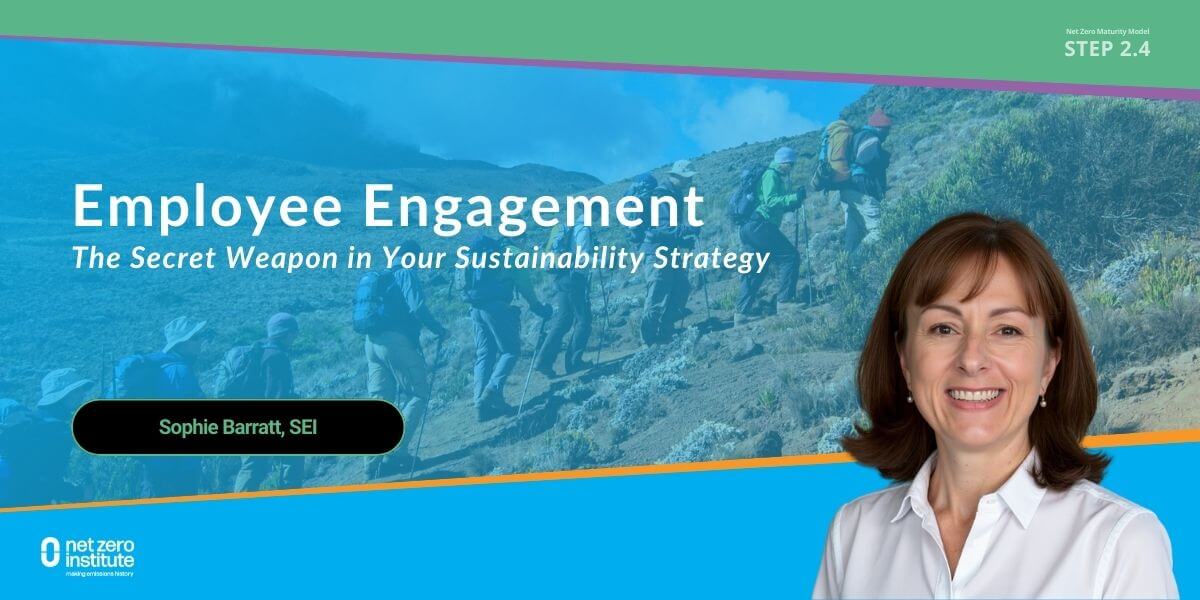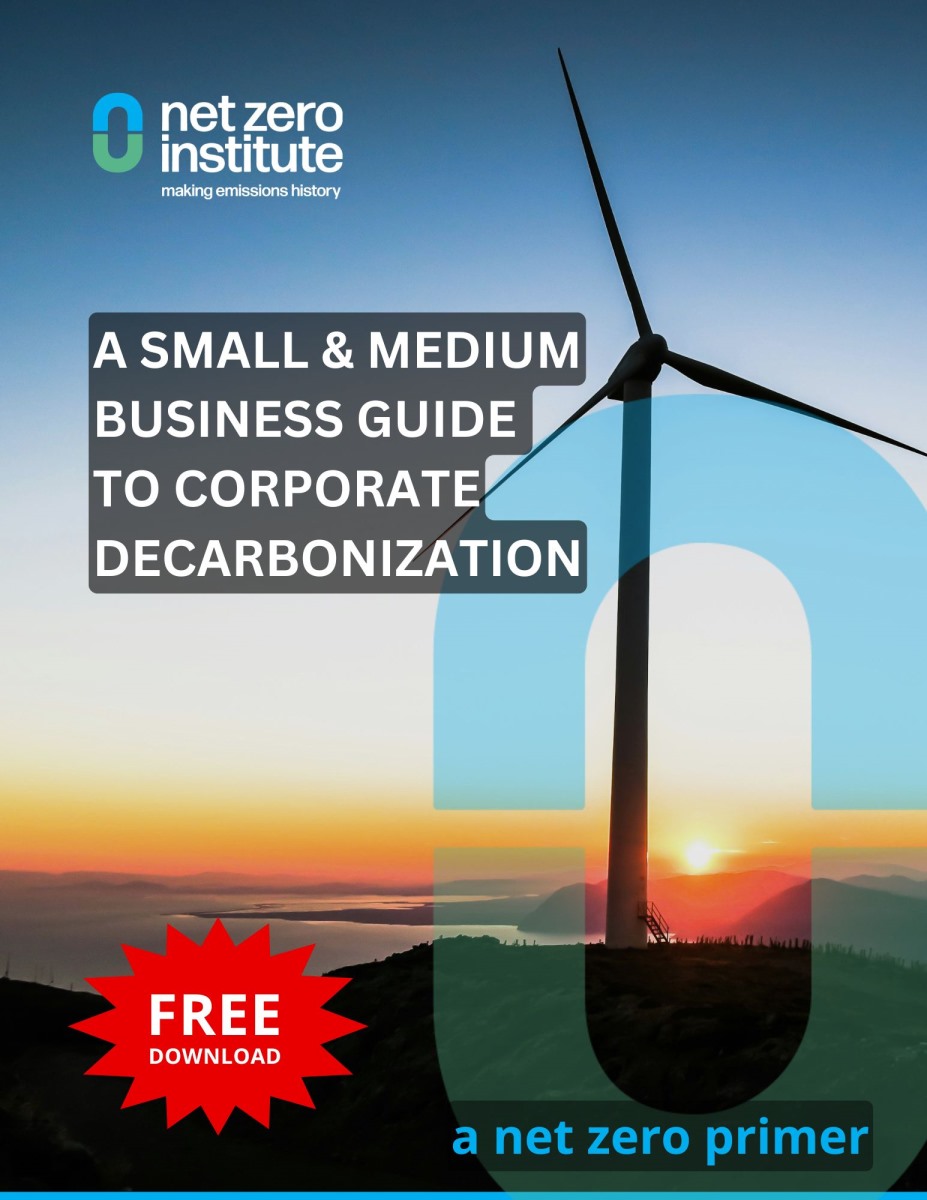Employee Engagement: The Secret Weapon in Your Sustainability Strategy

When it comes to achieving sustainability goals, one factor often makes the difference between success and failure: employee engagement. According to Cone Communications, 74% of employees find jobs more fulfilling when they can make positive environmental impact. Even more compelling, Gallup research shows that organizations with strong employee engagement see 23% higher profitability.
Why Employee Engagement Matters
The business case for sustainability engagement goes far beyond environmental metrics. When employees are genuinely involved in sustainability efforts, they become powerful agents of change. Take Unilever's example: employee engagement led to initiatives that reduced waste to zero across 240 factories in 67 countries. This kind of transformation happens because engaged employees bring their creativity, knowledge, and passion to solving sustainability challenges.
Building the Foundation
Successful engagement typically evolves through three distinct but interconnected dimensions:
- Social: Tapping into existing passion and shared values
- Psychological: Creating recognition systems that reinforce sustainable behaviors
- Formal: Embedding sustainability into job descriptions and performance metrics
At Deloitte, employee resource groups demonstrate the power of the social dimension, with green teams generating hundreds of practical ideas for reducing energy use and waste. Google exemplifies the psychological dimension, creating a culture where sustainability innovation is celebrated and rewarded. Many forward-thinking organizations show the formal dimension in action by integrating sustainability targets into everyone's role and regularly assessing progress against these metrics.
Creating an Engaging Culture
Building a strong sustainability culture requires more than just programs and policies. It needs a clear long-term purpose that resonates with employees at all levels. This means making sustainability relevant to daily work, not just an add-on responsibility. Organizations achieve this through targeted training and clear accountability structures that empower employees to take action.
Leadership's Critical Role
Executive commitment is perhaps the single most important factor in successful sustainability initiatives. When the C-suite demonstrates genuine belief in sustainability goals, the entire organization follows suit. Effective leaders demonstrate their commitment through actions, not just words. They connect sustainability to business strategy, ensuring it's seen as core to success rather than a nice-to-have initiative.
Successful leaders focus on three key areas:
- Demonstrating visible commitment through concrete actions
- Providing necessary resources and support
- Building trust through consistent communication and follow-through
Communication and Recognition
BASF's 'Connected to Care' program demonstrates the power of combining communication, training, and recognition. The program received over 500 sustainability project ideas from 35,000 employees by creating an ecosystem where ideas and information flow freely. They achieved this through:
- Regular sustainability updates and knowledge sharing
- Cross-functional collaboration opportunities
- Peer learning and mentoring programs
- Recognition systems that celebrate both small and large wins
Making It Happen
Implementation requires a thoughtful, phased approach. Start by forming a dedicated sustainability engagement team that includes representatives from different parts of the organization. Use employee interest surveys to understand current attitudes and identify potential champions. Launch pilot programs in receptive departments to build momentum and learn what works in your organization's context.
Common challenges include resource constraints and unclear responsibilities. The key is to focus initially on actions that generate quick wins and positive momentum. Define roles and accountability clearly, maintain consistent communication, and celebrate both big and small wins to keep enthusiasm high.
Measuring Success
Track progress through both quantitative and qualitative metrics:
- Participation rates in sustainability initiatives
- Employee satisfaction and engagement scores
- Tangible impact metrics (emissions reduced, waste diverted)
- Number and success of employee-led projects
Looking Ahead
Remember, employee engagement in sustainability isn't just about meeting environmental targets - it's about creating a workplace where everyone understands their role in building a more sustainable future. The greatest limitation to sustainability progress isn't technology or resources, but rather developing a workforce with the skills and motivation to drive change.
Start where you have energy and enthusiasm, then build systematically from there. Power Home Remodeling's journey shows how this can work – they began with simple initiatives like offering employees $3,500 towards electric vehicle purchases, then expanded to more comprehensive programs as engagement grew.
The most successful organizations understand that sustainability engagement is a journey of continuous improvement. Each step builds on the last, creating a virtuous cycle of increasing commitment and impact.
 Sophie Barratt, Strategy & Operations Consultant at SEI, is an advisor to the Net Zero Institute. This blog touches on key aspects of developing an employee engagement plan, which we explore in greater detail through our exclusive member resources. From Insight Briefs that break down complex issues to on-demand workshops and other resources, we provide the tools and guidance to help you navigate every step of your journey. To access these resources and join a network of leaders committed to a net-zero future, we invite you to become a member today.
Sophie Barratt, Strategy & Operations Consultant at SEI, is an advisor to the Net Zero Institute. This blog touches on key aspects of developing an employee engagement plan, which we explore in greater detail through our exclusive member resources. From Insight Briefs that break down complex issues to on-demand workshops and other resources, we provide the tools and guidance to help you navigate every step of your journey. To access these resources and join a network of leaders committed to a net-zero future, we invite you to become a member today.
